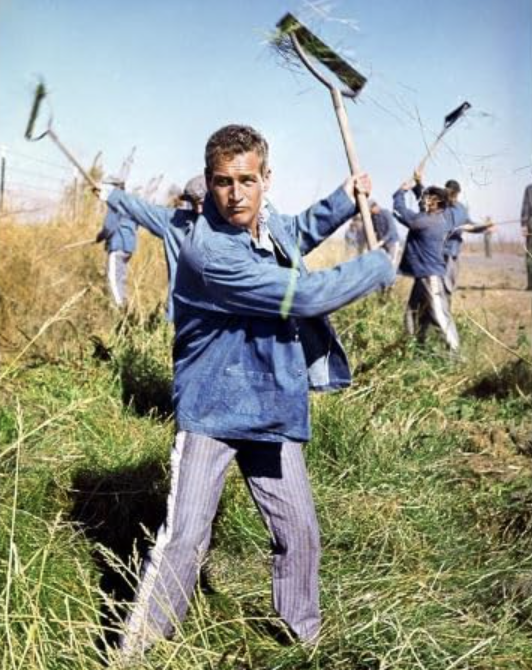In today’s world of smart homes and automated gardening systems, there’s something genuinely enchanting about keeping a tangible connection with traditional hand tools for home maintenance. Among these cherished tools is the manual edger, a straightforward yet truly fascinating instrument that reminds us that the old ways can often be the most appealing.
The manual edger, sometimes known as a step edger or half-moon edger, harks back to a time when tending to the yard was as much a ritual as a Sunday dinner. The tool’s design is elegantly uncomplicated: a T-shaped device with a serrated semi-circular blade connected to a wooden handle around three feet tall. This blade, commonly made from resilient materials like iron or steel, provides the manual edger its sharp edge—both in function and symbolism.

In the hands of a dedicated gardener, the manual edger becomes an extension of oneself. Using it is a rhythmic, almost meditative process. You position the half-moon blade at the turf’s edge, step down to slice cleanly through the grass, and pull back to reveal a crisp, neat line. It’s a task requiring both balance and precision—a dance that no machine can easily replicate.
The true charm of the manual edger lies not only in its utility but also in how it reconnects us with the physicality of home improvements. There is a profound satisfaction in toiling away in your lawn or garden—the sweat on your forehead and the soil under your nails narrate tales of personal effort and care infused into your land. It’s the joy of seeing a job well done.
Additionally, in an era where mindfulness and unplugging from the digital addictiveness are earnestly sought, the manual edger provides an ideal escape route. It encourages us to step offline, savor the great outdoors, and engage with our ecosystem in a gratifying and reenergizing manner. The soothing motion of edging serves as an exercise in meditation, allowing thoughts to unwind, led by the sound of the blade gliding through the earth.

One cannot overstate the manual edger’s positive environmental impact. Unlike gas or electric edgers, the manual version releases no emissions, works silently, and only demands the natural resource of human effort. It emerges as a sustainable option for the eco-conscious homeowner dedicated to minimizing their carbon footprint.
Tools like the manual edger, with their sturdy build, often outlive their modern alternatives, enduring through decades of use. Instead of viewing a worn handle or rusty blade as signs of decline, they symbolize years of care and the numerous hours spent tending to one’s space. These tools are designed for longevity, capable of being sharpened, repaired, and treasured across generations.

The manual edger represents the allure of simpler times—of collaborating with nature and appreciating its pace. It’s a gentle reminder that not all advancements need technological solutions. Often, the most meaningful work comes from our hands, with tools requiring nothing beyond human effort and dedication.
As we venture further into an automated world, it’s worthwhile to recall the joy and merit found in physical labor. The manual edger stands as a testament to that timeless legacy, encouraging us to reconnect with traditional practices that enrich our lives.




